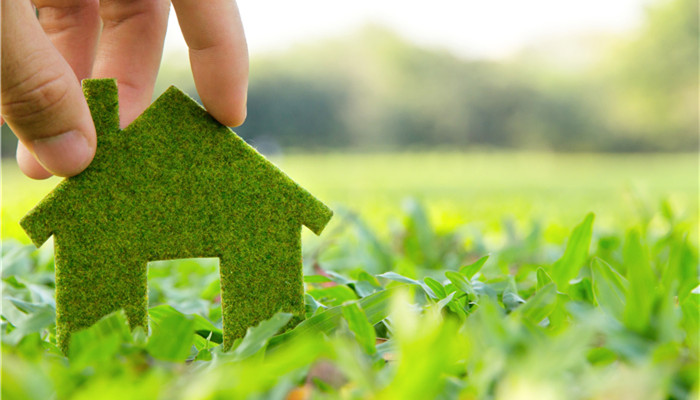
The degradable plastics industry is ushering in a golden period of development, and production capacity and output will increase significantly.
Degradable plastics refer to a type of plastic whose products can meet the requirements of use, have unchanged performance during the storage period, and can degrade into environmentally harmless substances under natural environmental conditions after use. There are many types of degradable plastic products, mainly including polylactic acid (PLA), polybasic acid glycol ester (PBAT), polyglycolic acid (PGA), polyhydroxyalkanoate (PHA), polybutylene succinate ester (PBS), polycaprolactone (PCL), etc.
With the successive introduction of my country’s environmental protection policies and the clarification of the “plastic restriction and ban” timetable in recent years, the domestic degradable plastics terminal application market has taken shape and further developed. The application of degradable plastics in our country has been greatly expanded, and the industry The process of biodegradation continues to accelerate, and the degradable plastic industry has ushered in a golden period of development. According to the “In-depth Market Research and Development Prospects Report on China’s Biodegradable Plastics Industry 2023-2028” released by the Industrial Research Center in 2022 , my country’s degradable plastic industry demand is 789,200 tons, with a growth rate of 33.8%.
Biodegradable plastics such as PLA, PHA and PBAT are mainly used in express packaging, food packaging, agricultural mulch films and other fields. PBAT has good film-forming properties and is usually blended and modified with PLA to make end products. It can be used in plastic packaging films, agricultural films, etc. Mulch, disposable utensils, etc. At present, domestic products that have large-scale industrial production capabilities include polylactic acid (PLA) and polybasic acid glycol ester (PBAT), and the competition is relatively fierce; polyglycolic acid (PGA) and polyhydroxyalkanoate (PHA) The industrial scale of degradable plastics such as polybutylene succinate (PBS) and polycaprolactone (PCL) is relatively small, and competition is relatively gentle.
In the polylactic acid (PLA) market, Henan Jindan Lactic Acid Technology Co., Ltd., Zhejiang Hisun Biomaterials Co., Ltd., Jilin COFCO Biochemical Co., Ltd., Shanghai Tongjieliang Biomaterials Co., Ltd. and Anhui Fengyuan Group Co., Ltd. have already It has large-scale production capabilities; in the polybasic acid glycol ester (PBAT) market, Fafa Technology Co., Ltd., Xinjiang Lanshan Tunhe Chemical Co., Ltd., Shandong Ruifeng Polymer Materials Co., Ltd., Hengli Petrochemical Co., Ltd. Co., Ltd., Jinhui Zhaolong High-tech Co., Ltd., etc. already have large-scale production capabilities.
Industry analysts said that since 2020, driven by the plastic restriction policy, the degradable plastic industry has developed rapidly. Stimulated by the stimulus, China’s degradable plastics industry is accelerating the expansion of production capacity, and some companies outside the industry are also involved in the field of degradable plastics. In the future, many companies plan to build/expand new/expanded product devices such as PBS, PBAT, and PLA, which are expected to be put into production after 2023. , China’s degradable plastic production capacity will further increase significantly. Overall, the number of enterprises in China’s degradable plastics industry will increase in the future. More importantly, the large-scale expansion of production capacity will intensify market competition, making the currently relatively gentle market competition more intense.

 微信扫一扫打赏
微信扫一扫打赏

